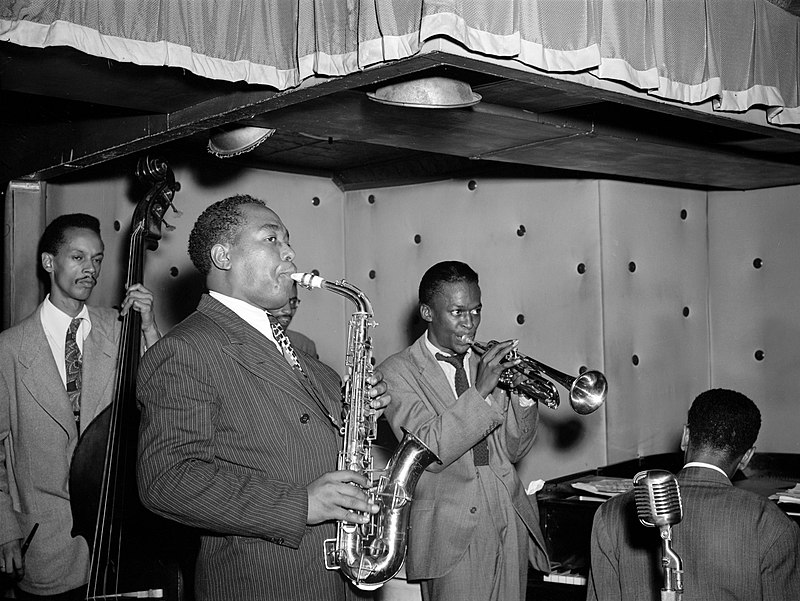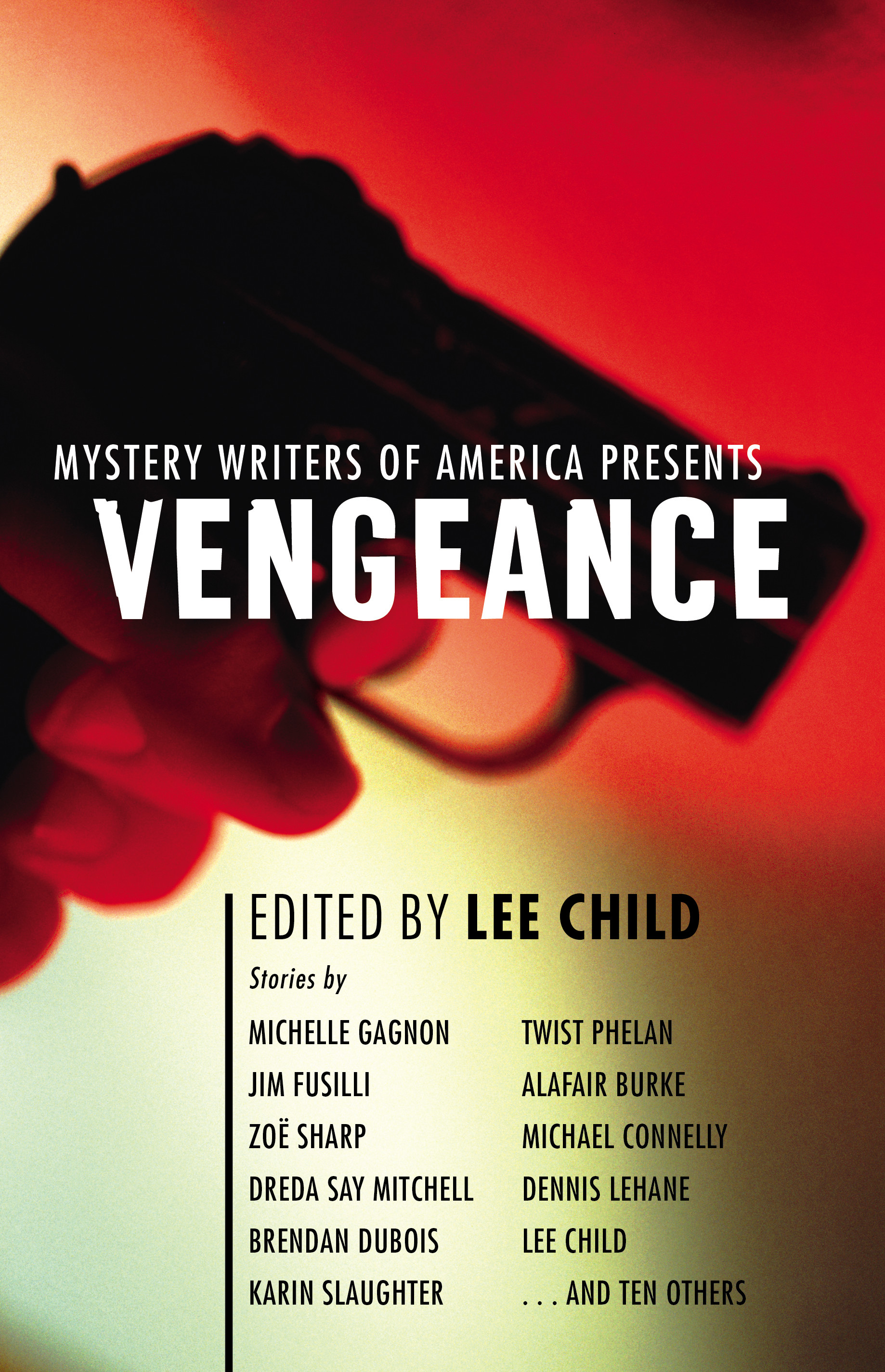I've see it since the 1960s when I first went into law enforcement. Cops beating up people. How did Steinbeck put it in The Grapes of Wrath? – "Whenever there's a cop beatin' up a guy."
During the 1968 Democratic Party Convention, we witnessed Chicago police attacking demonstrators. It became known as 'The Chicago Police Riot'. Recently, demonstrations in the streets have triggered more police rioting. It is a horrible sight.
When you assemble heavily-armored police officers and put them in direct proximity with protestors, the cops adopt a mob mentality. They act like a mob and used the tools provided to intimidate and attack with tear gas, pepper spray, tasers, nightsticks, pepper balls, rubber bullets, while uttering the mantra taught in police training classes, "Quit resisting." They will use deadly force uttering their other montra, "I was afraid for my life."
When will police chiefs see this? When will mayors and governors see this? When will they see the videos of officers beating unarmed protestors and immediately identify these officers, fire them and arrest them? When an officer beats an unarmed and peaceful protestor with a nightstick, the officer is committing a crime and should be arrested. Excessive force is a crime. Excessive force with a weapon is aggravated assault and aggravated battery.
Police officers are allow to use force to overcome resistance but not to punish people, torture people. They are torturing American citizens with no accountability.
And now, I'm retired and look back and –
It is not just bad cops. It's systemic. It's a terrible mindset, a deep exaggeration of US against THEM. Not US against law breakers, but US meaning the police and THEM meaning everyone else.
I joined law enforcement twice in my lifetime. In the 1970s, I went through an excellent police academy which taught us the laws were were to enforce and how to be peace officers. In the 21st Century, I became a police officer again, joined an American law enforcement community far more akin to the military training I received in the US Army than any prior police experience. No longer peace officers, these law enforcement officers were trained to punish people, hurt people.
silence is not an option
I feel a great sadness
sometimes, tears well in my eyes as I see my fellow officers beathing people unmercifully
with nightsticks
hitting them with tear gas and pepper spray and tasers
eager to inflict pain
on peaceful protestors who are in someone's way
we are the police
we are not Nazi storm troopers
we are peace officers
take off your riot gear
dress like a cop
you're not in the military
if someone gives you an illegal order
don't do it
if the streets get blocked, go another way
let them demonstrate
they don't live in the street
they will leave
if someone breaks things
move in and stop the breaking
if you can
go an apprehend
you don't beat them
don't commit a crime against a person because of a crime against property
let them say, "horray for our side"
don't automatically take the other side
we're not supposed to take sides
we're supposed to keep the peace
not attack nonviolent citizens
these are our people
they are us
Americans like you and me
if this was 1775, would you be so eager to wear British red
would you attack Americans pulling down a stature of King George III
if this was 1861, would be eager to wear gray
would you attack men in blue
men fighting under the star and stripes
how could you fight to keep people enslaved
how could you wave their flag, wear their paraphernalia, think of them as anything but traitors
I feel a great sadness
sometimes, tears well in my eyes
Since this is a writer's blog, I'd like to report how I am still asked, "Where do you get your ideas?"
My new answer is this –
"I hear voices. In my head. Female voices. In Portuguese. I have to get an interpreter."
That's all for now.
www.oneildenoux.com
























